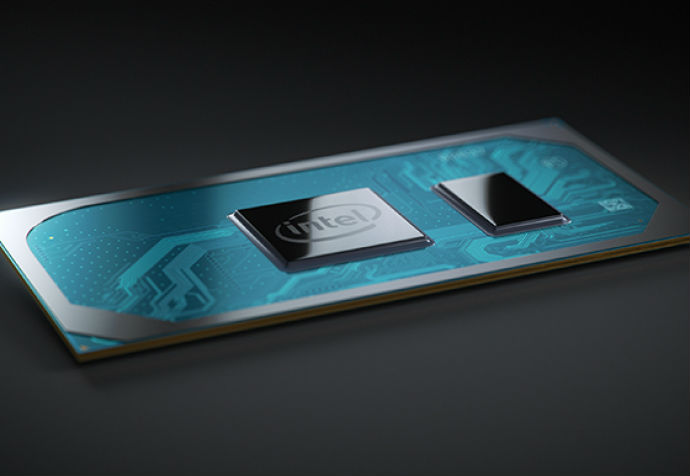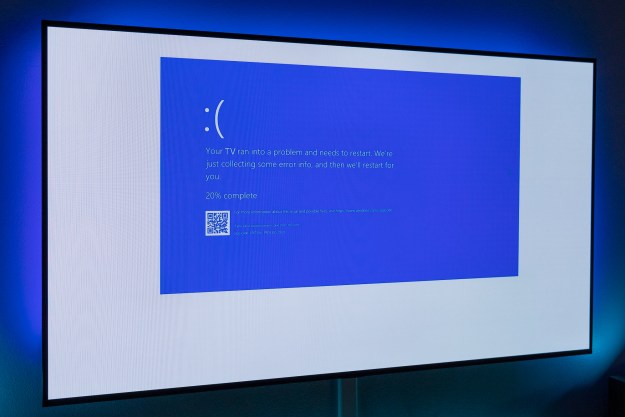Intel doubled down on its “maniacal” approach to fixing its well-known supply problems during its fourth-quarter 2019 earnings call Thursday.
CEO Bob Swan and George Davis, chief financial officer, were on the call and insisted that they hope to ramp up yields on 10nm products throughout 2020. The “supply remains tight,” Swann added. By the end of year, the executives promised to be out of the constraint entirely by adding 25% higher wafer capacity to normalize the inventory levels.

The company’s struggle with 10nm processors has been long and well-documented, but with the first 10nm products out in the market, that yield seems to be picking up. The 10nm Ice Lake came to mobile processors first with server parts to follow, and Intel is ramping up 10nm+ for Tiger Lake later in the year, which was talked about at CES earlier this month. Intel has a total of nine 10nm products it’s launching in 2020, which include its first discrete graphics cards.
Intel also insisted that the next notch in process node is 7nm, which will be ready by the end of 2021, with CPUs to follow at the beginning of 2022.
On the call, Intel celebrated a record-high year, with what it called its best year ever in terms of revenue. The PC was not the center of that growth, at least partially because of Intel’s struggles to maintain adequate supply. Intel claims that supply will be “sufficient” throughout the year.
Looking ahead at 2020, Intel says it’s anticipating a slowdown in total available market for PCs, resulting in an expected low single-digit dip in revenue. The company expects growth in PCs in the first half of the year, though, thanks to the end of support for Windows 7.
Lastly, Intel admitted to a “more competitive environment” in 2020. AMD’s momentum during the past couple of years has been relentless, and the rival has set itself up to have another blockbuster year in 2020. At CES, AMD launched its Ryzen 4 Zen 2 mobile processors, which are aimed at one of Intel’s most dominant sectors: Laptops.
It’s not as simple as just building the processors. AMD will have win over the trust of laptop manufacturers like Dell, HP, Lenovo, Microsoft, and Apple in order to compete with the giant that is Intel.
Editors' Recommendations
- Intel is oddly enthusiastic about AI replacing everyone’s jobs
- Confused about Core Ultra? We were too, so we asked Intel about it
- Want a new iMac? It’s just been delayed to 2024, says analyst
- The iPhone 15’s chip challenges Intel’s fastest desktop CPU — but there’s a catch
- I got a rare peek into Intel’s largest offshore manufacturing facility — here’s what I learned


